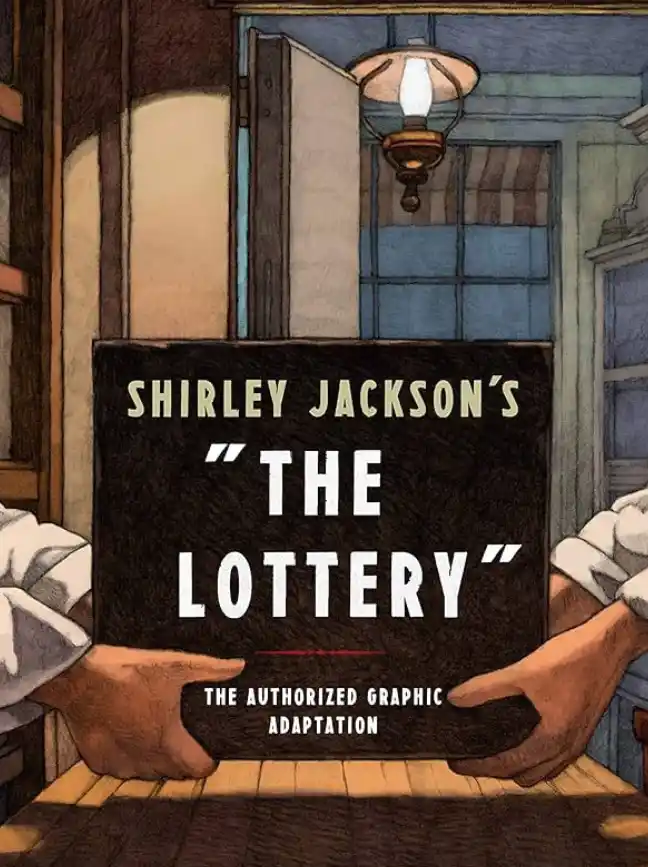Most of us understand that certain actions on our part will have a pleasing and seductive effect on the person we would like to seduce. The problem is that we are generally too self-absorbed: We think more about what we want from others than what they could want from us. We may occasionally do something that is seductive, but often we follow this up a with a selfish or
aggressive action (we are in a hurry to get what we want); or, unaware of what we are doing, we show a side of ourselves that is petty and banal, deflating any illusions or fantasies a person might have about us. Our
attempts at seduction usually do not last long enough to create much of an effect.
You will not seduce anyone by simply depending on your engaging personality, or by occasionally doing something noble or alluring.
Seduction is a process that occurs over time—the longer you take and the slower you go, the deeper you will penetrate into the mind of your victim. It is an art that requires patience, focus, and strategic thinking. You need to
always be one step ahead of your victim, throwing dust in their eyes, casting a spell, keeping them off balance.
The twenty-four chapters in this section will arm you with a series of tactics that will help you get out of yourself and into the mind of your
victim, so that you can play it like an instrument. The chapters are placed in a loose order, going from the initial contact with your victim to the successful conclusion. This order is based on certain timeless laws of human psychology. Because people’s thoughts tend to revolve around their daily concerns and insecurities, you cannot proceed with a seduction until you slowly put their anxieties to sleep and fill their distracted minds with
thoughts of you. The opening chapters will help you accomplish this. There is a natural tendency in relationships for people to become so familiar with one another that boredom and stagnation set in. Mystery is the lifeblood of
seduction and to maintain it you have to constantly surprise your victims, stir things up, even shock them. A seduction should never settle into a
comfortable routine. The middle and later chapters will instruct you in the art of alternating hope and despair, pleasure and pain, until your victims weaken and succumb. In each instance, one tactic is setting up the next one, allowing you to push it further with something bolder and more violent. A seducer cannot be timid or merciful.
To help you move the seduction along, the chapters are arranged in four phases, each phase with a particular goal to aim for: getting the victim to think of you; gaining access to their emotions by creating moments of
pleasure and confusion; going deeper by working on their unconscious, stirring up repressed desires; and finally, inducing physical surrender. (The phases are clearly marked and explained with a short introduction.) By following these phases you will work more effectively on your victim’s mind and create the slow and hypnotic pace of a ritual. In fact, the seductive process may be thought of as a kind of initiation ritual, in which you are uprooting people from their habits, giving them novel experiences, putting them through tests, before initiating them into a new life.
It is best to read all of the chapters and gain as much knowledge as possible. When it comes time to apply these tactics, you will want to pick and choose which ones are appropriate for your particular victim;
sometimes only a few are sufficient, depending on the level of resistance you meet and the complexity of your victim’s problems. These tactics are equally applicable to social and political seductions, minus the sexual component in Phase Four.
At all cost, resist the temptation to hurry to the climax of your seduction, or to improvise. You are not being seductive but selfish. Everything in daily life is hurried and improvised, and you need to offer something different.
By taking your time and respecting the seductive process you will not only break down your victim’s resistance, you will make them fall in love.
Phase One
Separation—Stirring Interest and Desire
Your victims live in their own worlds, their minds occupied with anxieties and daily concerns. Your goal in this initial phase is to slowly separate them from that closed world and fill their minds with thoughts of you. Once you have decided whom to seduce (1: Choose the right victim), your first task is to get your victims’ attention, to stir interest in you. For those who might be more resistant or difficult, you should try a slower and more insidious
approach, first winning their friendship (2: Create a false sense of security—approach indirectly); for those who are bored and less difficult to reach, a more dramatic approach will work, either
fascinating them with a mysterious presence (3: Send mixed signals) or seeming to be someone who is coveted and fought over by others (4: Appear to be an object of desire).
Once the victim is properly intrigued, you need to transform their interest into something stronger—desire. Desire is generally
preceded by feelings of emptiness, of something missing inside that needs fulfillment. You must deliberately instill such feelings, make
your victims aware of the adventure and romance that are lacking in their lives (5: Create a need—stir anxiety and discontent). If they
see you as the one to fill their emptiness, interest will blossom into desire. The desire should be stoked by subtly planting ideas in their minds, hints of the seductive pleasures that await them (6: Master
the art of insinuation). Mirroring your victim’s values, indulging them in their wants and moods will charm and delight them (7:
Enter their spirit). Without realizing how it has happened, more and more of their thoughts now revolve around you. The time has come for something stronger. Lure them with an irresistible pleasure or
adventure (8: Create temptation) and they will follow your lead.








